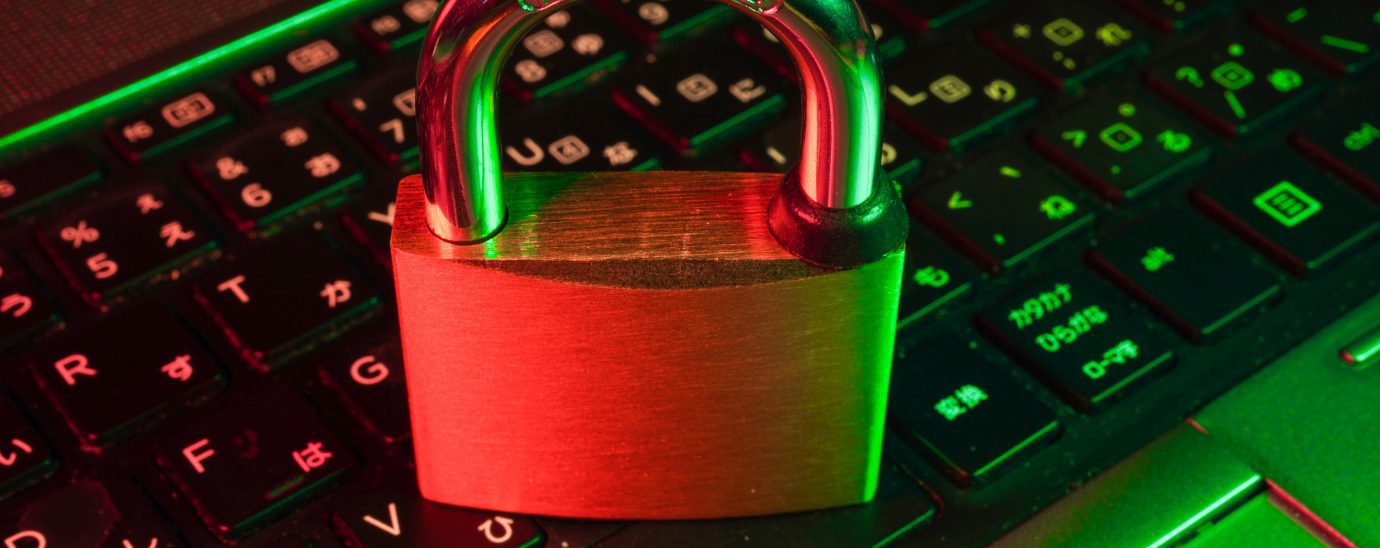Implementing a zero trust policy

Understanding how to implement a zero trust policy has become essential for all businesses
The world of work has been thrown into various formats, including hybrid and remote working. With this massive change comes the fear of major cyberattacks due to vulnerable devices and networks. Marc Lueck, CISO EMEA, Zscaler has stated that in the current digital age, many organizations have had to rapidly adopt new ways of managing network security, as traditional approaches become outdated and no longer sustainable in the era of the cloud.
Attacks are advancing both in volume and sophistication. CyberEdge’s 2021 Cyberthreat Defense Report revealed that 86% of organizations had a successful cyberattack landed on them by the beginning of 2021 – up from the 62% of organizations that were hit in 2014.
The idea that cyberattacks could come from within and outside a business’s network has become a major concern for CIOs. Using zero trust is one of the most proactive responses a business can take to mitigate potential threats and decrease the number of potential actors within its systems. As a result, zero trust is slowly becoming an essential component of every cybersecurity strategy.
The zero trust theory effectively means that no one using a network is automatically trusted; everything must be examined, and rights are granted and confirmed on a constant basis, depending on the access needed. Lucek added, “by considering a cloud-first zero trust approach to security and connectivity, organizations will not only be able to reduce the risk of attacks, but they will also be able to stay competitive and embrace digital transformation further down the line.”
Altaz Valani, Director of Insights Research at Security Compass, recently provided TBTech with some tips to implement zero trust into a business. Valani explained, “the pre-requisites for building a zero trust architecture are to be clear about the business objectives; zero trust will involve change and you need business buy-in for this. It’s also important to educate yourself, as most security paradigms are network-based, whereas zero trust is asset-based. Additionally, identify an important application to the business and start from there; don’t do everything at once.”
He added, “there are also some ‘non-negotiable’ components of a zero trust architecture, such as automated asset security and explicit trust validation throughout the asset’s lifecycle. However, organizations must also recognize that zero trust is a continuously improving security model and not an end state.”
READ MORE:
- 17 IT leaders on why your organization needs zero trust, with tips on implementation
- Why every company needs to implement Zero Trust
- Why companies should implement Zero Trust
- The key zero trust practices to keep a hybrid workforce cyber secure
Looking for more advice on implementing a zero trust policy into a business? Then, join us on the 22nd of February 2022 to join our panel of experts to discuss the benefits and challenges that businesses will face while implementing a zero trust policy and how to implement it into a business’s cybersecurity strategy successfully.
Register now here
For more news from Top Business Tech, don’t forget to subscribe to our daily bulletin!
